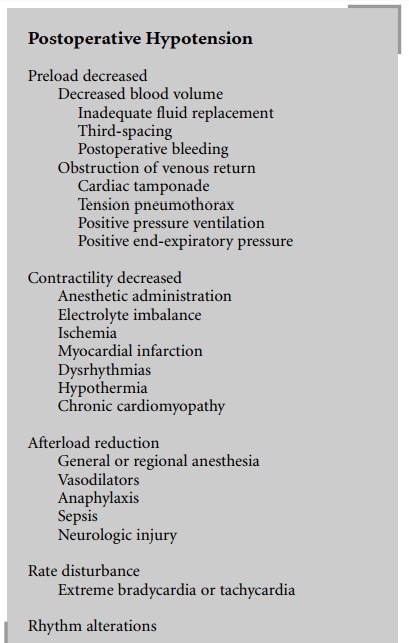Chapter: Clinical Cases in Anesthesia : Shock
What is the definition of shock?
What is the definition of shock?
Shock is the failure to meet tissue demand for
oxygen. The notion that a certain blood pressure is equated with shock should
be dispelled. Instead, signs and symptoms consistent with the failure to meet
demand should be reviewed.

Decline in mental status, poor distal perfusion
of the extremities, low urinary output, and lactic acidosis would be the most
common manifestations of shock. One of these signs and symptoms without any of
the others is rarely encountered in true shock. Some patients may expe-rience a
greater than 25% reduction in blood pressure, with a mean pressures in the
fifties, and show none of these signs and symptoms. They should be classified
as having a significant reduction in blood pressure that requires expla-nation,
but not shock.
No single measurement can confirm the diagnosis
of shock. In most types of circulatory shock, the mixed venous hemoglobin
oxygen saturation will be decreased, as a reflection of the increased oxygen
extraction by peripheral tissues. In septic shock, however, oxygen utilization
by cells is impaired and the mixed venous saturation will be inap-propriately
high.
Related Topics